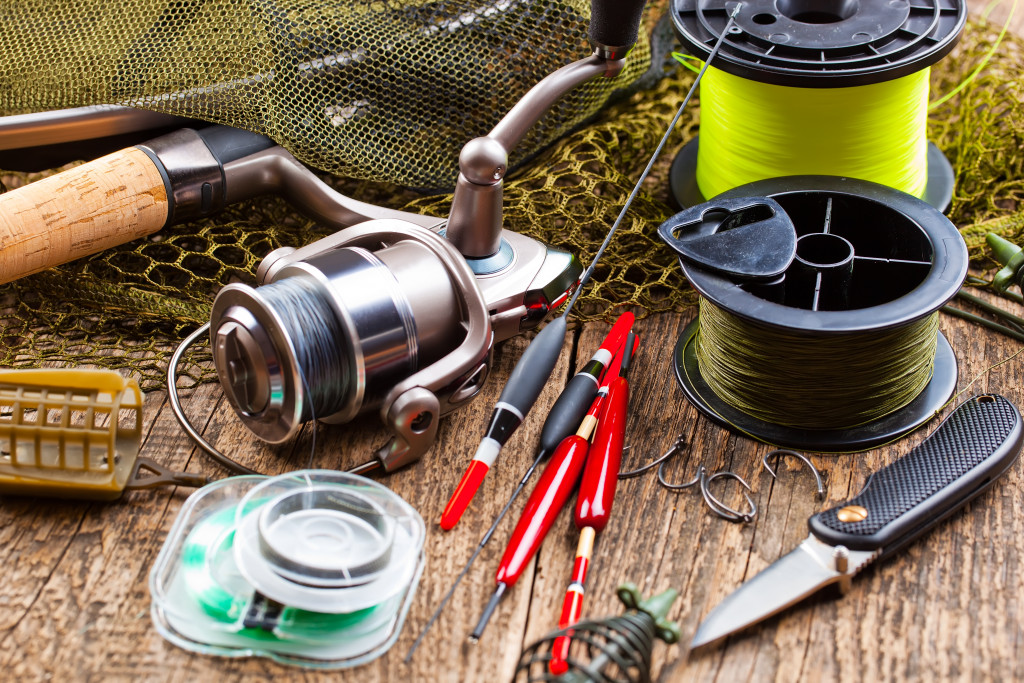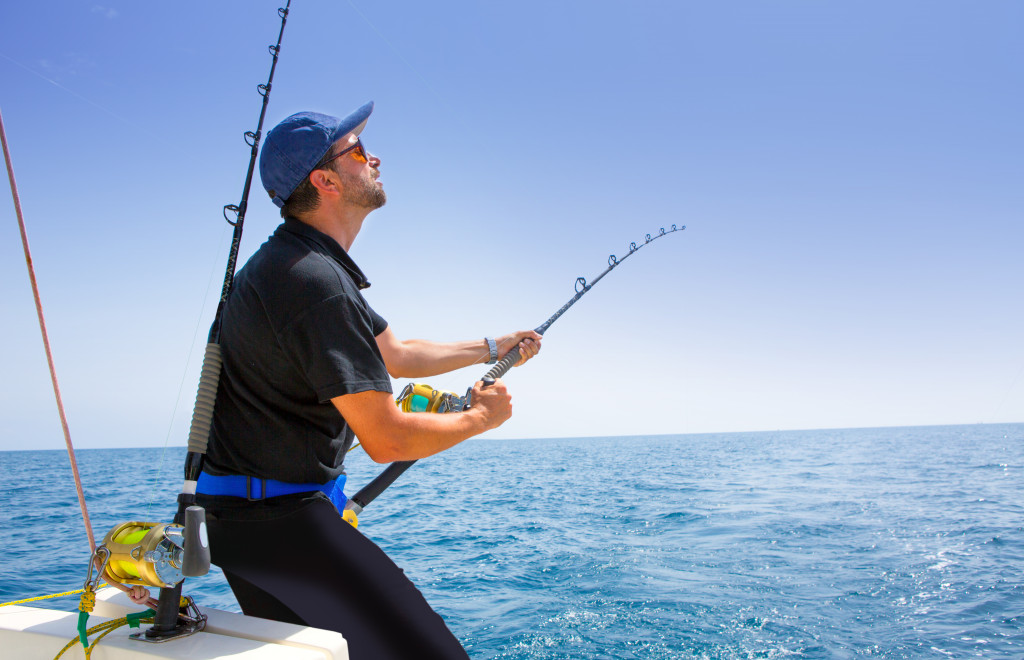- Provide the necessary PPE to workers to maintain safety and morale in the workplace.
- Provide comprehensive health and safety training to employees for improved job performance and increased confidence.
- Conduct regular risk assessments to identify potential hazards before an incident can occur.
- Regularly inspect all boats, equipment, and tools for safety issues to reduce the possibility of accidents.
As a fishing business owner, providing a safe working environment for your employees should always be at the top of your priority list. Ensuring workplace safety is important for protecting workers from harm, meeting legal requirements, and avoiding costly lawsuits. Fortunately, there are several steps you can take to ensure safety in your fishing business. This article will discuss some best practices for protecting employees from injury and illness.
Develop and implement a safety policy.
Here are some tips on what to consider when creating a safety policy for your fishermen:
Provide the necessary PPE.
Ensuring workers in a fishing business have access to the necessary personal protective equipment (PPE) is essential. It is not just a matter of compliance and keeping up with health and safety regulations but also taking precautions and safeguarding employees from possible harm. In an industry such as fishing, the right clothing is just as important as the right safety gear, so acquiring quality Gore-Tex trousers could prove invaluable.
Not only are they windproof and waterproof, but their “breathability,” consisting of tiny pores that allow sweat out while keeping water droplets from entering, helps keep workers comfortable no matter how hot or cold it gets outside. PPE such as this can help maintain worker morale and wellness while providing added protection against injury or illness, making them an indispensable part of any fishing business.
Provide comprehensive health and safety training.
Providing comprehensive health and safety training for employees in the fishing business is critical for ensuring the safety of workers. Employees should be educated on all pertinent information related to environmental risks, proper personal protective equipment use, and risk identification. This knowledge gives employees the power to recognize hazardous conditions before an incident can occur, effectively reducing the chances of injury and promoting workplace safety.
Additionally, clearly understanding health and safety procedures allows employees to improve job performance and increase their confidence on the worksite. Therefore, providing comprehensive health and safety training is essential in creating a safe work environment while also contributing to the overall success of your fishing business.
Conduct a regular risk assessment.
Regular risk assessments are key to ensuring workers’ safety in any fishing business. By proactively identifying and assessing potential hazards, businesses can effectively develop strategies to prevent accidents and injuries. Businesses need to implement these assessments because it allows them to meet health and safety regulations, protect their employees, and ensure productive operations continue without interruption.
Furthermore, doing these assessments can also help companies defend themselves against any liability issues that may arise should an accident occur due to an overlooked hazard. All in all, conducting regular risk assessments is crucial to running a safe and successful fishing business.
Regularly inspect all equipment.

Regular inspection of boats, equipment, and tools is essential to ensure the safety of workers in the fishing business. Not only does it help detect minor damages that may lead to severe hazards with time, but it also helps identify general deficiencies that could lower the performance and increase costs if left unchecked.
Ensuring safety through regular mechanical inspections is important for taking necessary preventive actions against potential accidents and can also be crucial in protecting the boat’s resale value. A thoroughly maintained boat will require little effort to restore when its life cycle ends and help you get top dollar at resale.
In addition, analyzing safety hazards can make you aware of how much impact seasonal weather changes can have on your vessel and help determine how long a certain tool or equipment can work before replacement.
Enforce strict hazard protocols.
Strict protocols for operating procedures in hazardous areas are critical for ensuring the safety of workers in a fishing business. Regulatory standards must always be enforced to ensure workers perform their jobs safely. Every job must be assessed to determine the best strategies and control measures to manage risk and protect workers from harm.
All operational plans must be regularly updated as equipment or processes change. When it comes to hazardous areas, having highly trained personnel is key. They must be adequately trained to handle equipment and debris, follow proper safety protocols, inspect safety gear regularly, and execute safe work practices when needed.
Improve emergency response plans if needed.
Ensuring the safety of workers in any fishing business is paramount. The best way to do this is to regularly review and diligently improve emergency response plans. These plans should cover every conceivable scenario so that the business will have a clear and well-defined course of action to protect its workers and assets if an emergency arises.
Additionally, adequate supervision and communication techniques must be in place between management and employees to maintain vigilance to respond more quickly to any situation.
These are just a few steps you can take as a fishing business owner to ensure safety in your workplace. By following these tips and creating an effective safety program, you can protect workers from risk while meeting legal requirements and avoiding costly litigation.

